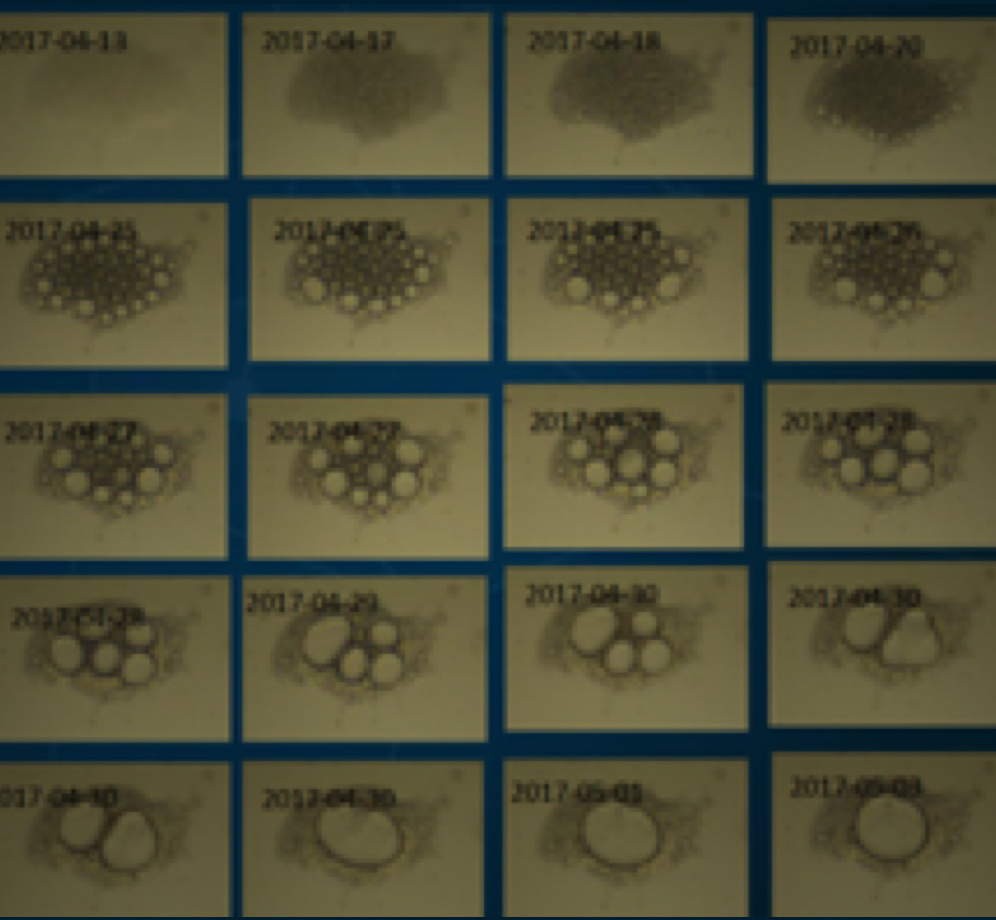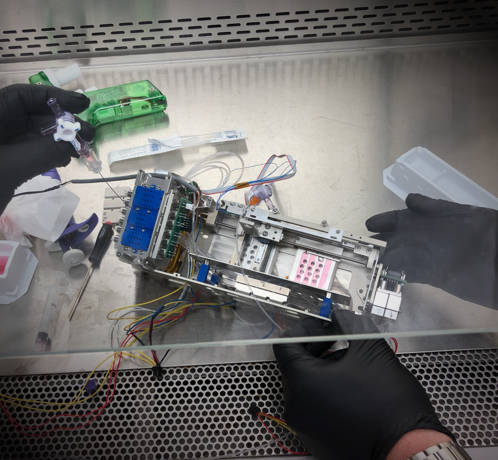SpacePharma’s Experiments in Microgravity
SpaceX Fram2
Protein crystallization
SpacePharma, in collaboration with SpaceOmix, flew an experiment on the private SpaceX Fram2 mission to study protein crystallization. This mission of three and a half days had a polar orbit and did not dock to the ISS. The mission was prepared in mere weeks, demonstrating the transformative potential of private spaceflight for driving space-based R&D and manufacturing.
SpaceX CRS-30
mAb crystallization technology demonstration
SpacePharma launched its sixth microgravity lab to the ISS on board the SpaceX vehicle, with the experiment returning to earth in April 2024.
NG-19
Prion disease research mission
SpacePharma launched its fifth microgravity lab to the ISS on board of the Northrop Grumman Cygnus spacecraft, with the experiment returning to earth in September 2023.
SpaceX CRS-27
The newest successful experiment onboard the ISS
SpacePharma launched its fourth microgravity lab to the ISS on board SpaceX vehicle, the experiment returned to earth on April 2023.
SPAd 2
5th generation lab onboard the ISS
SpacePharma launched its third microgravity lab to the ISS on board of SpaceX Axiom1 mission and returned to earth on April 25th 2022.
SPAd
SpacePharma advenced lab at the ISS
The third microgravity lab to the ISS on board of SpaceX SPX-24 and returned to earth on January 24th 2022, in collaboration with Ramon Foundation.
DIDO 3
Free orbit satellite
The Second free orbit autonomous and remoted controlled nanosatellite was launched including 4 scientific experiments for Israeli and Italian Universities and Hospitals.




























